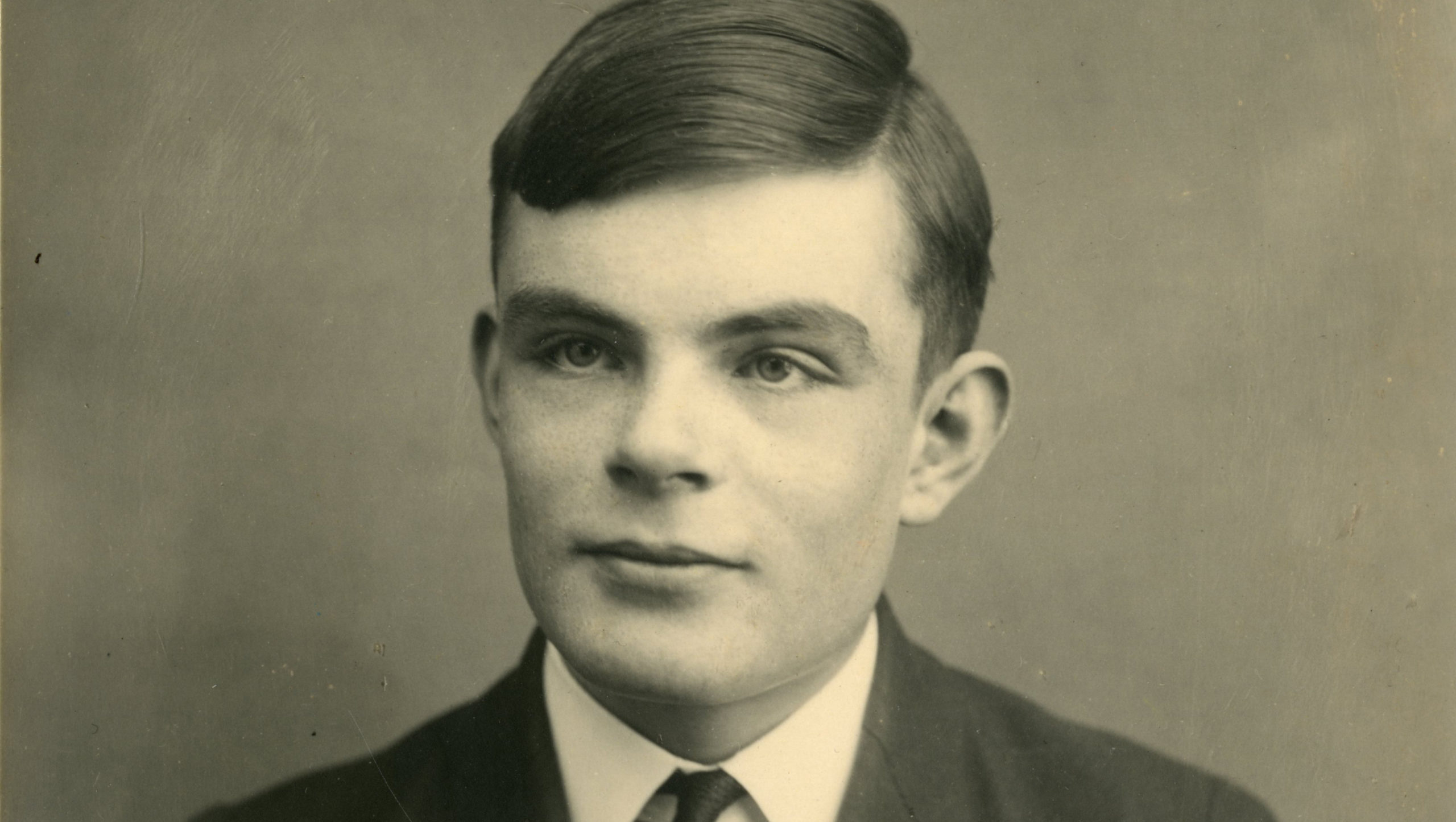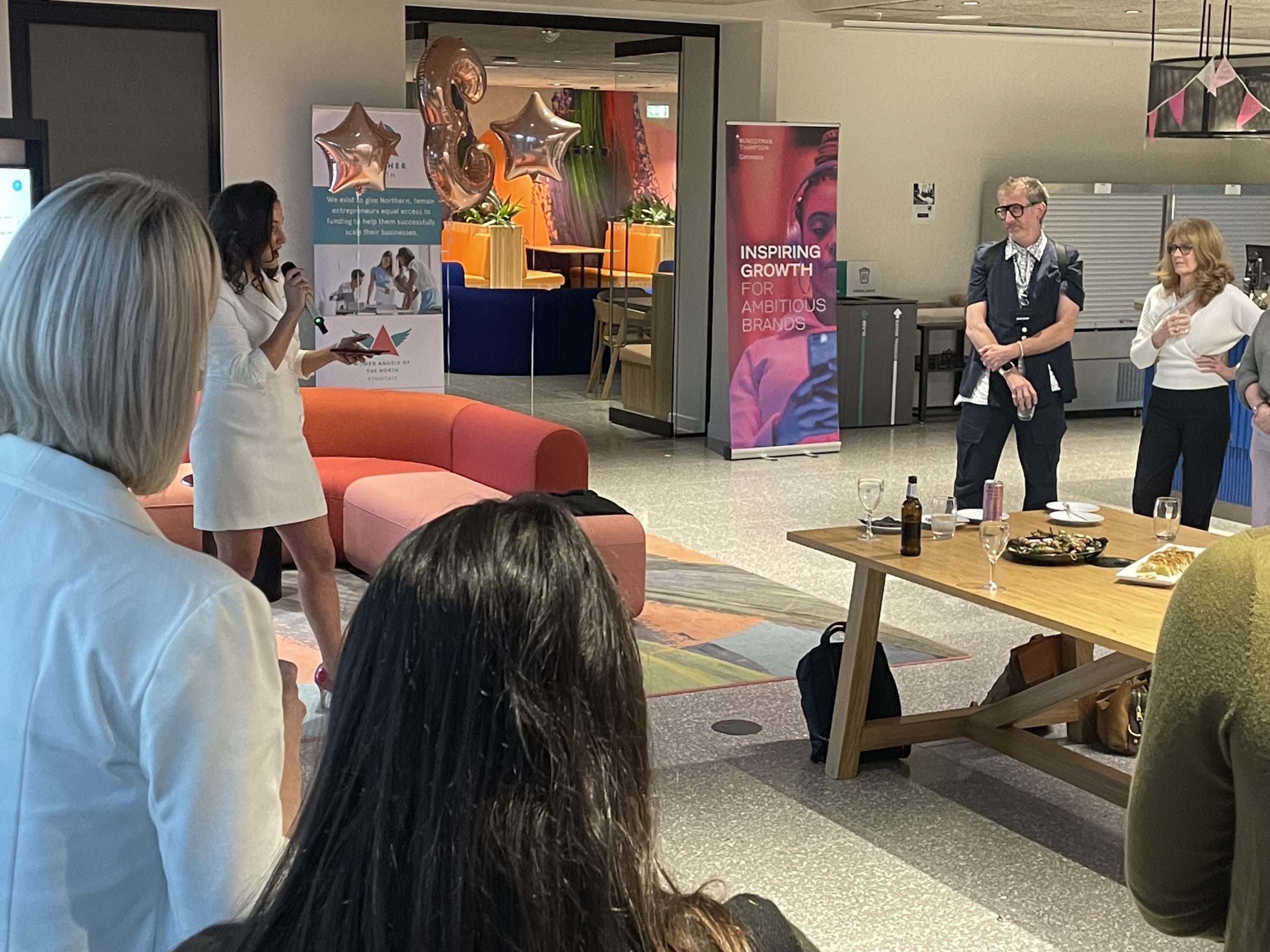Ten times the innovator…
You don’t have to be a genius to be an innovator, but it certainly helps!
Alan Turing was most definitely both, standing as one of the most influential scientific figures in modern history. He’s recognised not only as the Godfather of the computer and computer science, but also a pioneer of the technology that has so dramatically altered the shape of modern society.
His innovations are what Peter Thiel would describe as a “10x innovation”: a solution to a problem that is ten times better than the previously available solutions.
We’d like to bring Turing’s achievements to light, enabling his place in scientific history to be fully recognised and appreciated… Alongside his remarkable mastery of thought leadership – the practice of being an informed leader and go-to person in their field of expertise.
Turing’s determination to learn and understand the world was like no other.
He grew up between London and Sherbourne in Dorset. Signs of Turing’s bright intellect were apparent early in his life: at school, the classics were prioritised over mathematics, so he took to teaching himself theoretical mathematics. Then at 13-years-old, Turing determinedly rode his bicycle 60 miles from Sherbourne to Southampton, unaccompanied, to join the 1926 General Strike. Aged 15, he condensed Einstein’s Theory of General Relativity for his mother.
After graduating from Cambridge with first-class honours in Mathematics, he was made a Fellow of King’s College in 1935 at the ripe age of 22 on the strength of his dissertation in which he proved the central limit theory.
The ‘Turing Test’ and Artificial Intelligence
In 1936, he published the paper that became the foundation for computer programming, “On Computable Numbers, with an Application to the Entscheidungsproblem”.
The Entscheidungsproblem (the decision problem) asked whether there was an algorithm that could, given a set of axioms (accepted truths), determine whether a statement is definitively true or false within those axioms.
He mathematically proved that the problem was undecidable by a human. However, he announced that there was a hypothetical machine that, given a problem to compute, would either run forever or stop and give the answer. These became known as Turing machines and were a crucial tool in the Second World War.
He also birthed the field of Artificial Intelligence with his ‘Turing test’ which examined the behaviour necessary for a machine to be considered intelligent. He believed that a computer can be said to possess artificial intelligence if it can mimic human responses under specific conditions.
Leading by example…
Alan Turing was the brilliant mind at the forefront of cracking the Enigma code which was the catalyst for winning World War II. He had joined the Government Code & Cipher Squad (GC&CS) after studying cryptology at Princeton University for 2 years. The day after war had been declared, he reported for duty at Bletchley Park to break the Enigma cipher which was used by Nazi Germany to encode their secret messages. The code changed daily, making deciphering it seemingly impossible.
Turing was the vital powerhouse in the team assembled at Bletchley Park. He led the team by example and progressed the mission significantly with his inspirational innovative ideas and ability to turn those ideas into reality. The Turing Machine (or the “Bombe”, as he named it in homage to an earlier Polish machine, “Bomba”), searched for possible correct settings of an Enigma message (i.e. rotor order, rotor settings and plugboard settings), using a crib (a guess of probable text used in the message). The Bombe would perform a sweep of the possible 159 quintillion permutations using the principle of contradiction and extraordinary mathematical insight.
The first Enigma code was deciphered in January 1940 and gradually the code was eroded until they cracked it. Turing’s combination of intelligence and innovative skill has been estimated to have helped shorten the Second World War by at least 2 years and helped save millions of lives.
An influential innovator? Or a security risk?
Alan Turing was a gay man at a time when it was illegal to be homosexual. After the war, he was convicted under Victorian laws and had a choice between hormone therapy (i.e. chemical castration) or time in prison. Homosexuals were labelled as a security risk; thus, he lost his job code breaker.
In 1954, he committed suicide by biting into an apple laced with cyanide. At the age of 41, Turing’s death was tragic and untimely – he still had so much to offer the world. A man who had given everything for his country, saved countless lives, and created technology that fundamentally changed the trajectory of society, was wretchedly rejected for his sexual orientation.
Nevertheless, his legacy will live on far past the 41 years he spent on this planet.
“We can only see a short distance ahead, but we can see plenty there that needs to be done”
Alan Turing was an innovator that did not deal with incremental progression: he was a radical driving force of human evolution. His contributions to science are up there alongside the greatest in human history.
His innovations have changed the course of life on this planet as we know it.
The sad reality of Turing’s life is that he was persecuted by a society that was still nowhere near as evolved as he was. In 2009 the UK Government issued an apology for his treatment and he was subsequently granted a royal pardon in 2013. He was chosen by the Bank of England to be the face of the new £50 note which came into circulation in 2021.
Whilst his legacy is growing and becoming more appreciated, it is nowhere near where it should be.
Putting Turing on the £50 note (unfortunately the one people rarely see!) is a step in the right direction in terms of recognising his brilliance and importance. However, it would be far more apt to honour him by putting him in the school curriculum to give him the full recognition and respect that he and his work deserve.







